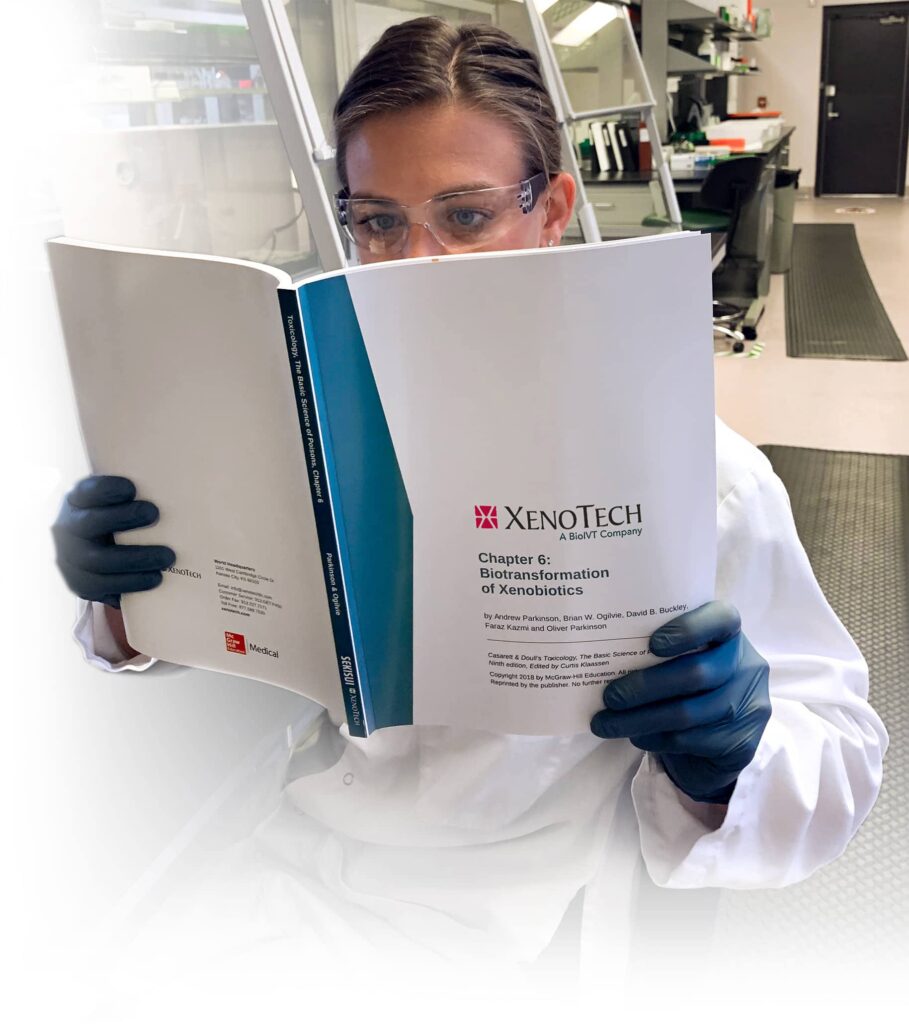
Lysosomal Sequestration (Trapping) of Lipophilic Amine (Cationic Amphiphilic) Drugs in Immortalized Human Hepatocytes (Fa2N-4 cells)
Kazmi F, Hensley T, Pope C, Funk RS, Loewen GJ, Buckley DB, Parkinson A
Lipophilic (logP > 1) and amphiphilic drugs (also known as cationic amphiphilic drugs) with ionizable amines (pKa > 6) can accumulate in lysosomes, a process known as lysosomal trapping. This process contributes to presystemic extraction by lysosome-rich organs (such as liver and lung), which, together with the binding of lipophilic amines to phospholipids, contributes to the large volume of distribution characteristic of numerous cardiovascular and central nervous system drugs. Accumulation of lipophilic amines in lysosomes has been implicated as a cause of phospholipidosis. Furthermore, elevated levels of lipophilic amines in lysosomes can lead to high organ-to-blood ratios of drugs that can be mistaken for active drug transport. In the present study, we describe an in vitro fluorescence-based method (using the lysosome-specific probe LysoTracker Red) to identify lysosomotropic agents in immortalized hepatocytes (Fa2N-4 cells). A diverse set of compounds with various physicochemical properties were tested, such as acids, bases, and zwitterions. In addition, the partitioning of the nonlysosomotropic atorvastatin (an anion) and the lysosomotropics propranolol and imipramine (cations) were quantified in Fa2N-4 cells in the presence or absence of various lysosomotropic or nonlysosomotropic agents and inhibitors of lysosomal sequestration (NH4Cl, nigericin, and monensin). Cellular partitioning of propranolol and imipramine was markedly reduced (by at least 40%) by NH4Cl, nigericin, or monensin. Lysosomotropic drugs also inhibited the partitioning of propranolol by at least 50%, with imipramine partitioning affected to a lesser degree. This study demonstrates the usefulness of immortalized hepatocytes (Fa2N-4 cells) for determining the lysosomal sequestration of lipophilic amines.